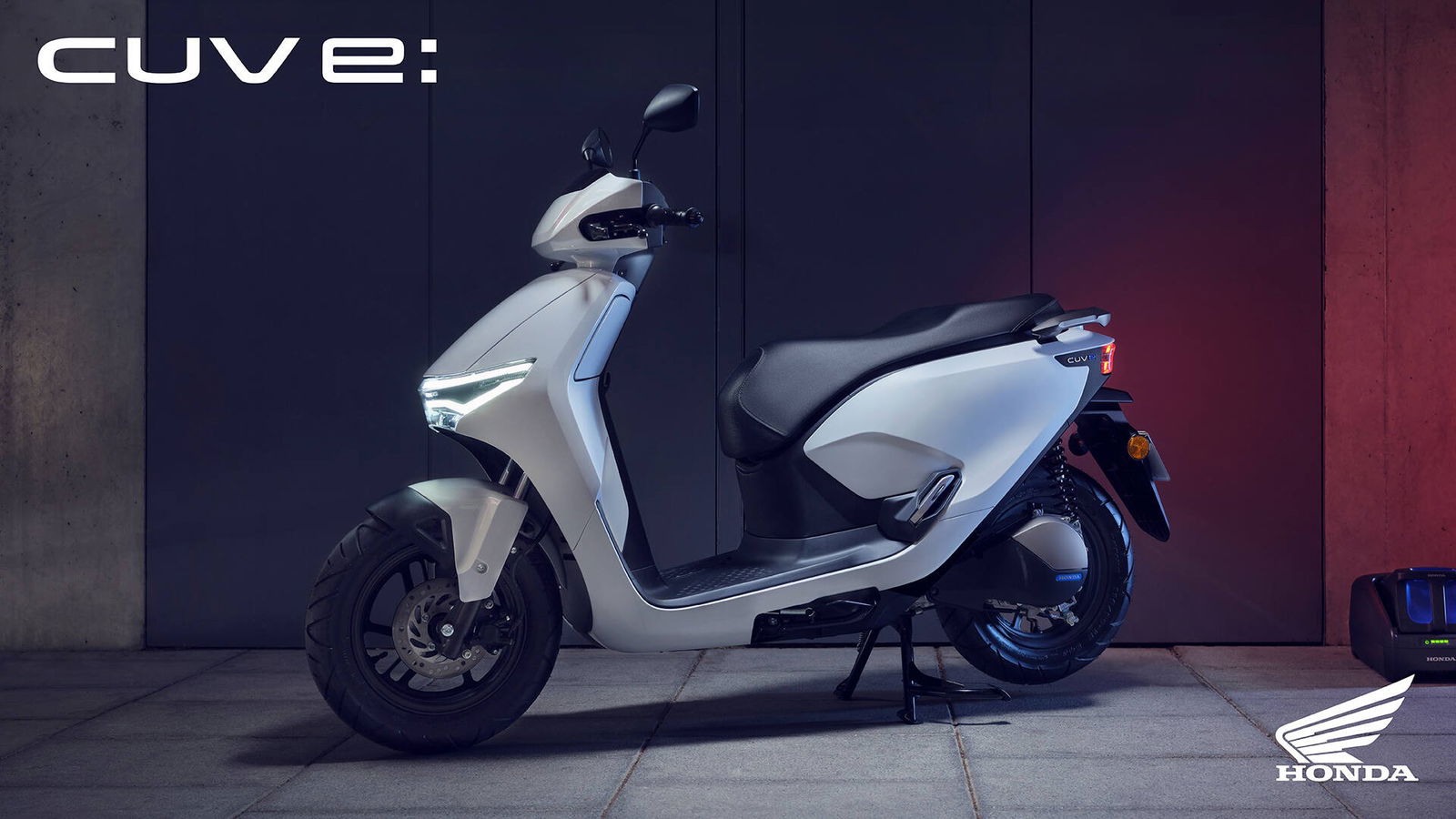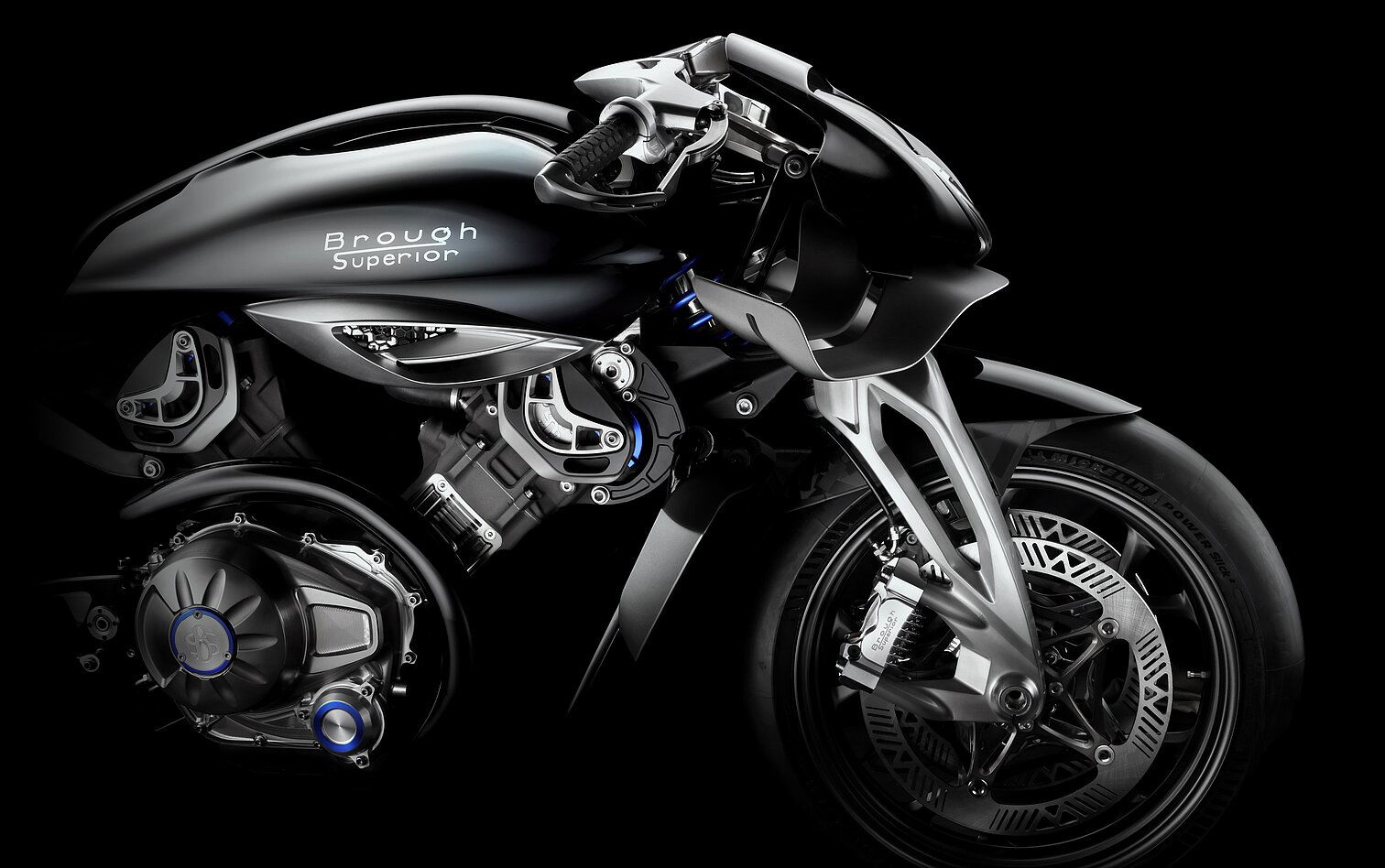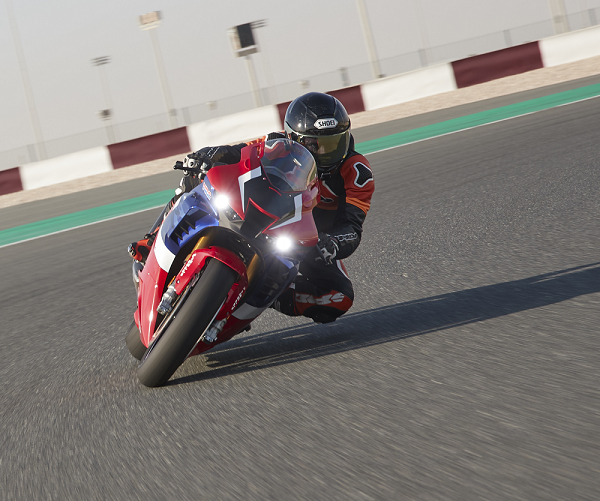Honda CB1000R E-Clutch Patents Surface: CB1000 Hornet to follow?
Patents filed with the JPO show what looks like a CB1000R featuring Honda’s E-Clutch system

Honda looks to be getting busy with its E-Clutch range of bikes, with patents suggesting the next machine to gain the technology is the inline-four-cylinder CB1000R.
Like most major manufacturers, Honda has one eye on the future. And the prevailing wind is heading towards more alternative transmission bikes landing on the market. While not a true automatic gearbox in the automotive sense, motorbike makers are instead looking at ways of making bikes easier to ride for those who may never have had to blend a throttle and a clutch by hand before.
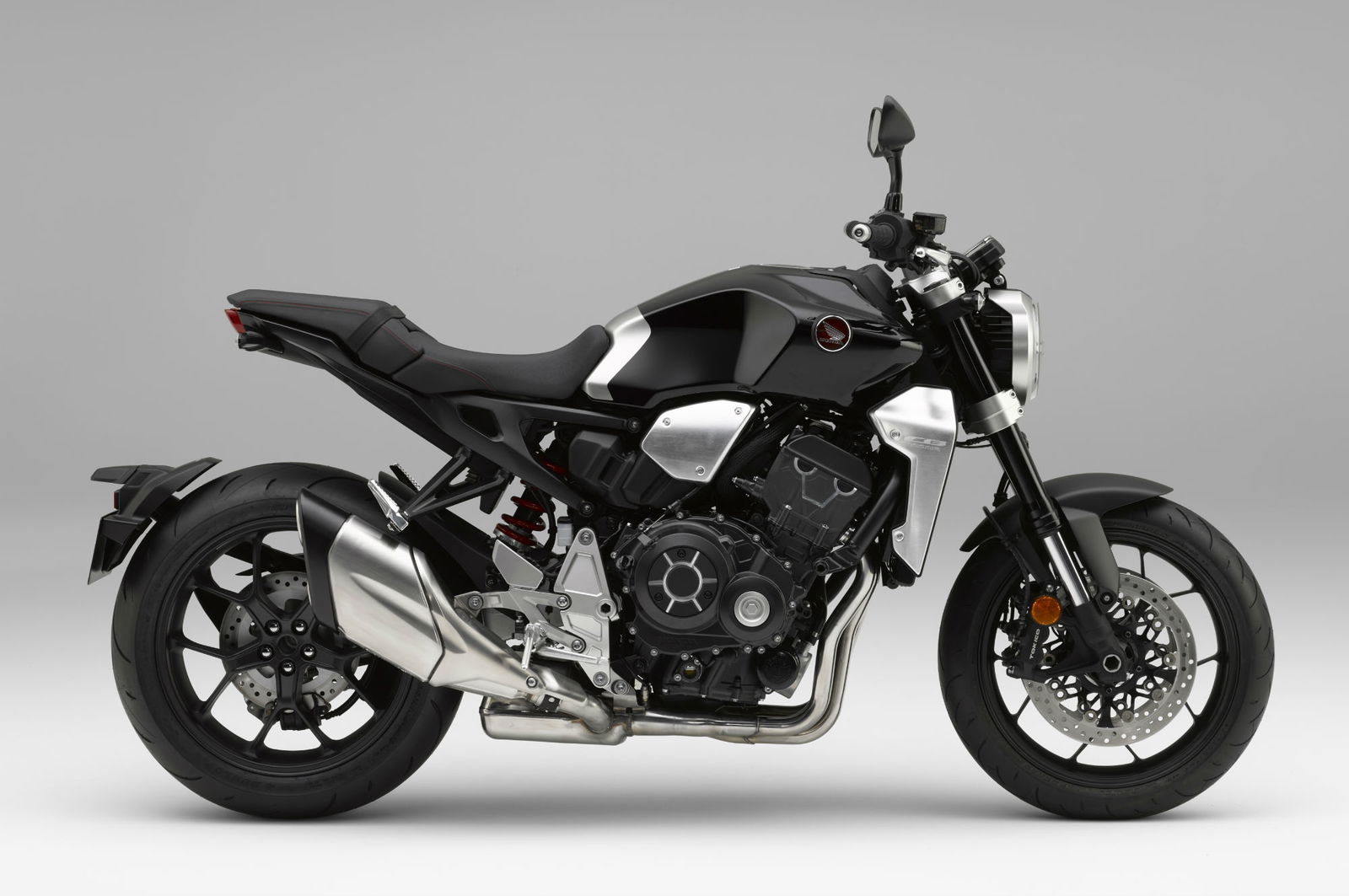
To counter that, bike manufacturers are replacing the human hand and foot with electromechanical alternatives. Honda’s E-Clutch, Yamaha’s Y-AMT, KTM’s AMT, and BMW’s Automated Shift Assistant are all variations on that theme. Honda, though, has the longest history of dreaming up wacky transmissions, thanks to its Dual Clutch System (DCT), which first appeared on the VFR1200F around 2010.
Now, DCT is great, but it adds weight (around 10kg), is wildly complex, and costs Honda literally millions of dollars to develop. Replacing a clutch hand and a left foot with some motors and actuators - that’s a lot simpler, and means it has become the favoured method for the majority of motorbike manufacturers.
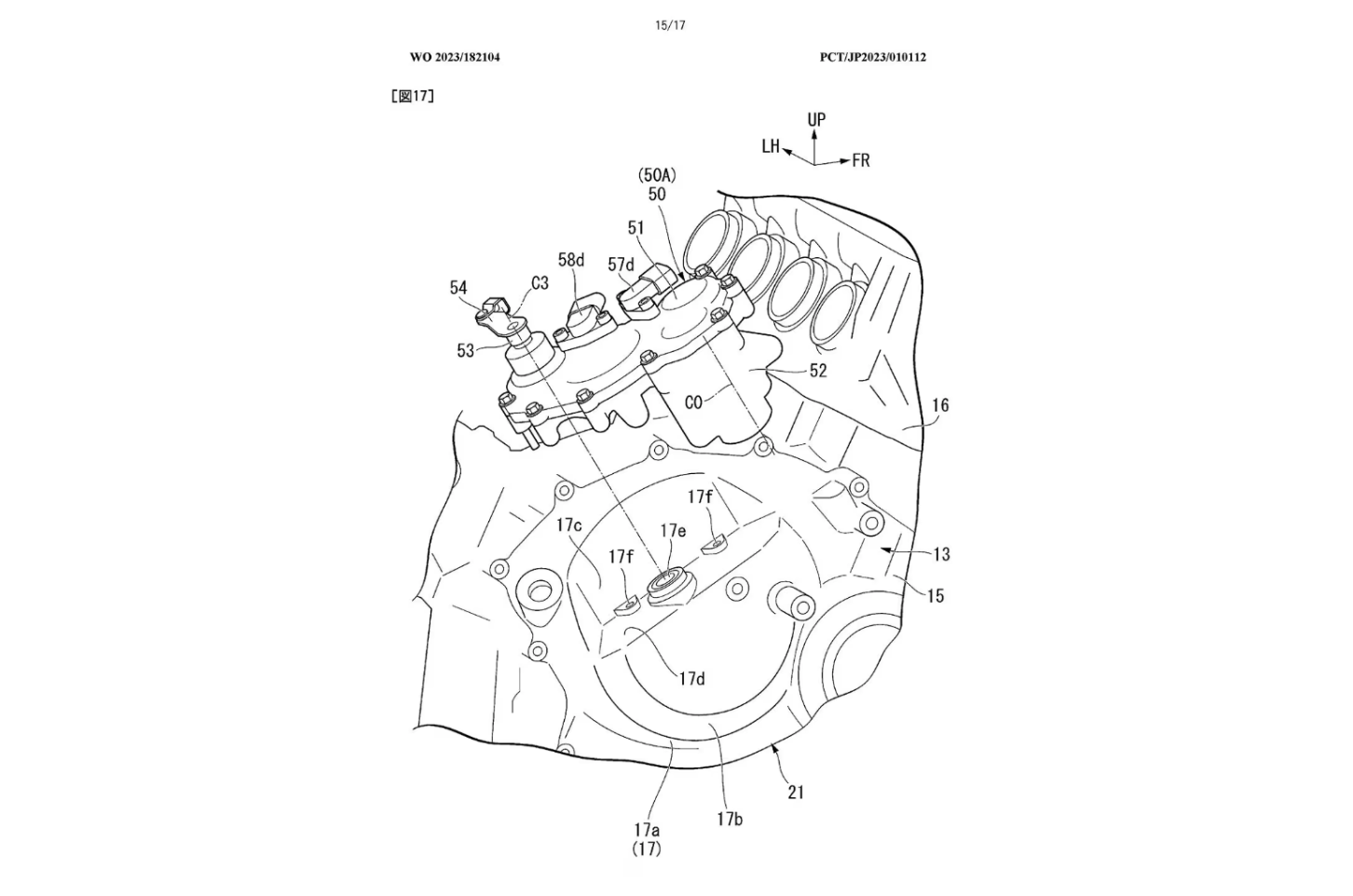
Should these patents be correct, the next bike gaining E-Clutch as an option could be Honda’s CB1000R, the exquisitely presented neo-retro with the heart of a Fireblade. The bike, quite clearly the CB1000R, can be seen here, with Honda’s neat and tidy shifting system bolted to the right-hand side of the bike - the same place it’s positioned on all of Honda’s E-Clutch models thus far. But with the CB1000R widely believed to be getting fazed out to make way for the more aggressively styled, and much cheaper, CB1000 Hornet, we think this could be a bit of a red herring. It's also worth noting that the filing of these is 2023, although they have only recently surfaced.
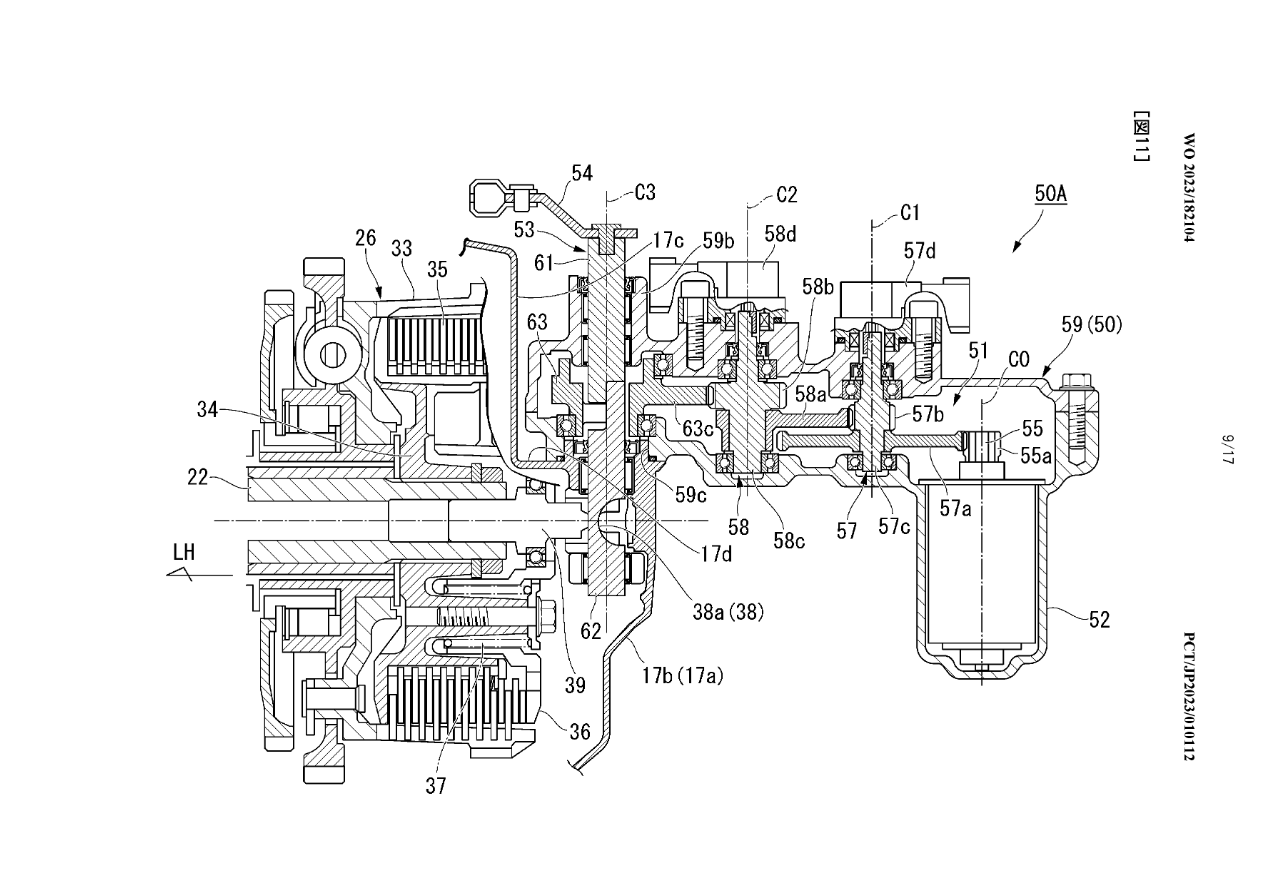
Sure, the CB1000R will live on in some regions long after the axe has fallen on it in the UK and Europe. Its time left, though, will ultimately be controlled by how long Honda can keep its 2015 Fireblade-derived engine compliant globally. With both the CB1000 Hornet and CB1000R utilising an engine platform that is quite similar in size and shape, we wouldn’t bet against the big-bore Hornet being another E-Clutch option we get in the UK at some point. Honda’s engineers have no doubt already engineered some adaptations for the bike to accept the system; now all we have to do is wait and see.
You may also like to read our 2025 Honda CB1000 Hornet review.
Find the latest motorcycle news on Visordown.com.
